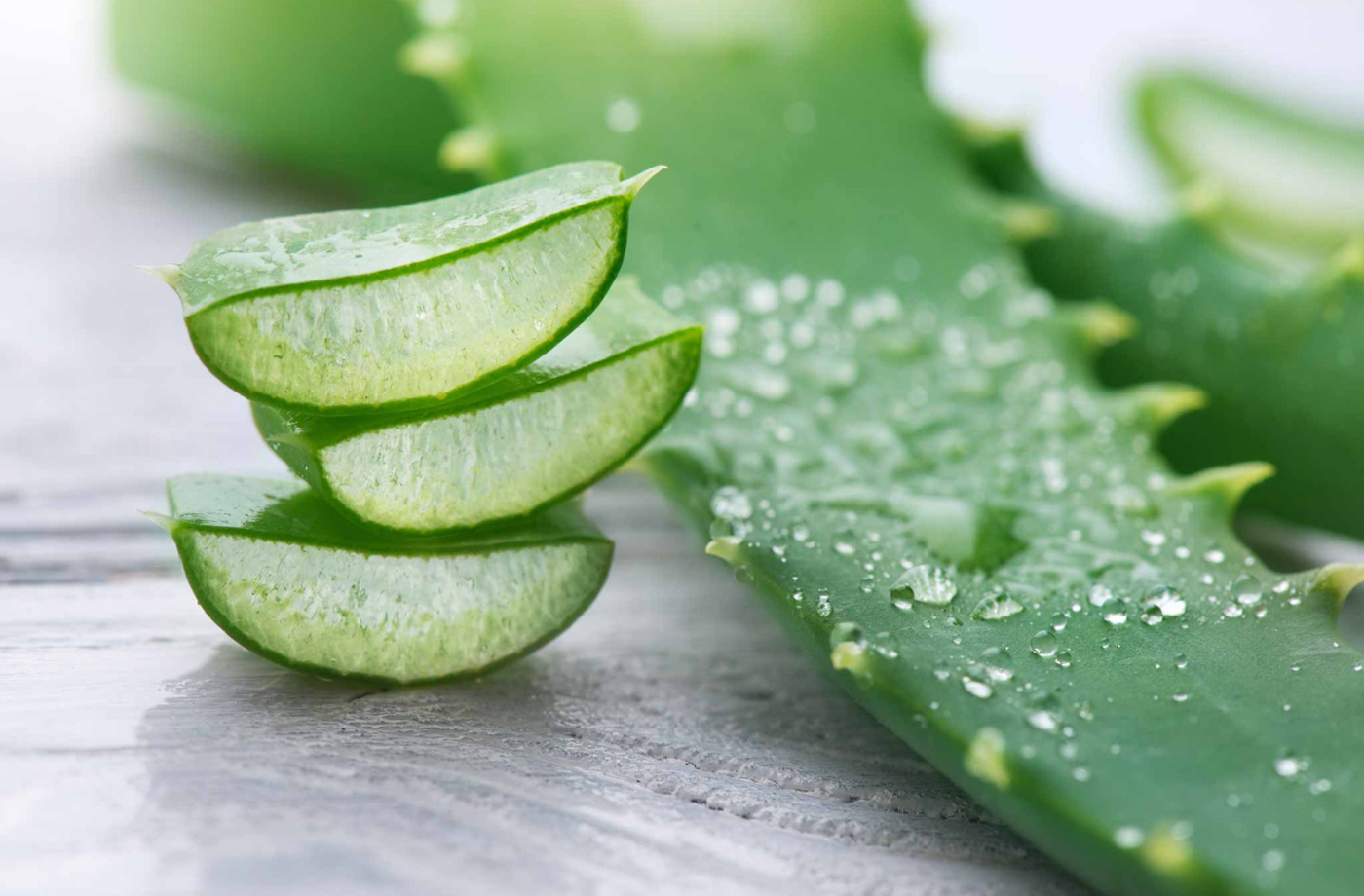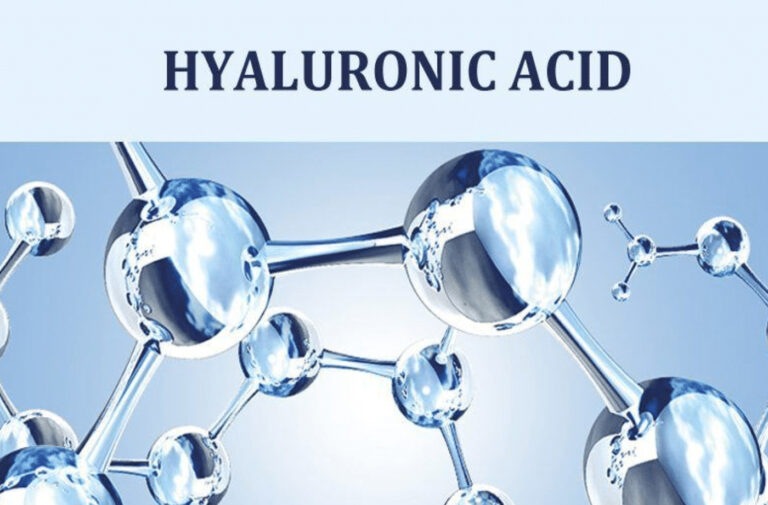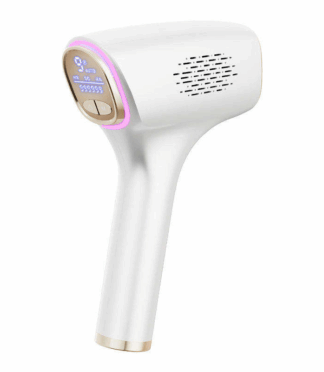Introduction
Aloe Vera, often dubbed the “plant of immortality” by ancient Egyptians, is a succulent plant species renowned for its remarkable medicinal and therapeutic properties for centuries. With its distinct spiky, fleshy leaves filled with a nutrient-rich gel, Aloe Vera is a cornerstone in natural medicine, skincare, and wellness industries worldwide. Its unique composition offers a wide array of benefits, from soothing sunburns to aiding digestion, making it a versatile and powerful natural remedy.
Botanical Profile and Key Components
Aloe Vera is a perennial, xerophytic plant that thrives in arid climates. Its botanical name is Aloe barbadensis miller. The plant’s treasure lies within its thick, green leaves, which contain two main substances:
- Latex: A yellow, sticky layer just beneath the leaf’s skin. It contains aloin, which has strong laxative properties but can also be a skin irritant for some.
- Gel: The clear, mucilaginous, and watery gel that makes up the inner part of the leaf. This is the part most commonly used for topical and internal applications.
The gel is composed of over 99% water, but the remaining 1% is incredibly potent, containing over 75 active compounds, including:
· Vitamins: A (beta-carotene), C, E, B12, and Folic Acid.
· Minerals: Calcium, chromium, copper, selenium, magnesium, manganese, potassium, sodium, and zinc.
· Enzymes: Aliiase, alkaline phosphatase, amylase, bradykinase (which reduces inflammation), and more.
· Sugars: Mucopolysaccharides like acemannan, known for their immune-boosting and moisturizing effects.
· Amino Acids: Provides 20 of the 22 required amino acids and 7 of the 8 essential amino acids.
· Fatty Acids & Plant Sterols: Which possess anti-inflammatory and antiseptic qualities.
Historical and Traditional Uses
The use of Aloe Vera dates back thousands of years. Historical records show its use in:
· Ancient Egypt: Depicted in carvings and used by queens like Cleopatra and Nefertiti for skincare. It was buried with pharaohs as a funeral gift.
· Ancient Greece & Rome: Physicians like Dioscorides and Pliny the Elder documented its use for healing wounds, treating skin infections, and reducing hair loss.
· Traditional Chinese and Indian Medicine (Ayurveda): Used to treat various conditions, including fungal infections, inflammation, and constipation.
Modern Applications and Evidence-Based Benefits
Topical Uses (Skin & Hair):
· Skin Healing and Moisturizing: Its high water content and mucopolysaccharides make it an excellent humectant, hydrating the skin without a greasy feel. It is a common ingredient in moisturizers, lotions, and aftersun products.
· Sunburn and Burn Relief: Aloe Vera’s most famous use. Its cooling gel provides immediate soothing relief for sunburns and minor thermal burns. Studies confirm it can reduce healing time for first and second-degree burns.
· Anti-Inflammatory and Antimicrobial: The compounds bradykinase and plant sterols help reduce redness, swelling, and pain from skin irritations, acne, and insect bites. It also helps prevent infection in minor cuts and abrasions.
· Psoriasis and Eczema: Its moisturizing and anti-inflammatory properties can help alleviate the itching and scaling associated with these chronic skin conditions.
· Hair Care: Used in shampoos and conditioners to soothe a dry, itchy scalp, reduce dandruff, and add shine to hair.
Internal Uses (Oral Consumption):
· Digestive Health: Aloe Vera juice is popularly consumed to soothe digestive issues like heartburn and irritable bowel syndrome (IBS). It may help improve digestion and regularity.
· Antioxidant Support: The vitamins and enzymes in Aloe Vera help combat free radical damage, supporting overall health.
· Oral Health: Found in some natural mouthwashes and toothpastes for its antibacterial and anti-inflammatory properties, which can help reduce plaque and soothe gum inflammation (gingivitis).
Important Note on Internal Use: The latex layer, which contains aloin, is a potent laxative and can cause severe cramping and diarrhea. Long-term consumption of latex has safety concerns. Most commercial Aloe juices are processed to remove or reduce aloin to safe levels. It is crucial to use products specifically designed for internal consumption.
Safety and Considerations
· Topical Use: Generally very safe. However, perform a patch test before widespread use, as some individuals may experience contact dermatitis or an allergic reaction.
· Internal Use: Pregnant or breastfeeding women, children, and individuals with kidney or intestinal conditions should avoid consuming Aloe Vera latex. Always consult a healthcare provider before using Aloe Vera supplements for medicinal purposes.
· Deep Wounds: While excellent for minor cuts and burns, Aloe Vera should not be used on deep surgical wounds, as it may slow down the healing process.
Conclusion
Aloe Vera is a true gift from nature, a multifaceted plant whose historical legacy is firmly supported by modern science. From its unparalleled ability to soothe and heal the skin to its potential internal benefits for digestion and wellness, it remains a staple in households and medicine cabinets around the globe. Whether harvested directly from a home plant or purchased in a carefully formulated product, Aloe Vera continues to prove its worth as a natural, effective, and versatile remedy for a multitude of common ailments.

















Est tenetur molestiae sed voluptatem Quo nulla optio sequi sit dolorem laborum. Commodi sint minus occaecati est asperiores Non dolores. Id dolores et rerum Reprehenderit voluptatibus sed modi hic.
Eligendi culpa cum sit fficiis inventore nulla non maiores culpa optio ducimus est ullam at nisi ea. Consequatur et culpa accusamus ea. Incidunt velit dicta doloremque repellat quo magnam
Harum et libero debitis ea aspernatur vel est. Vel ab enim eveniet earum
You would want to ensure the plugin is installed and activated for the section to be visible.
In odit sunt sed. Maiores tempora ut ducimus accusantium. Aut voluptatibus et quidem quibusdam ea nisi